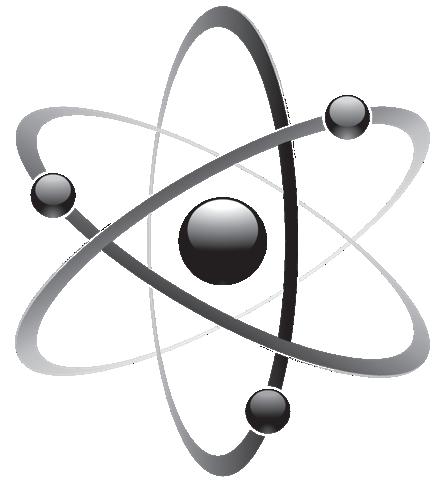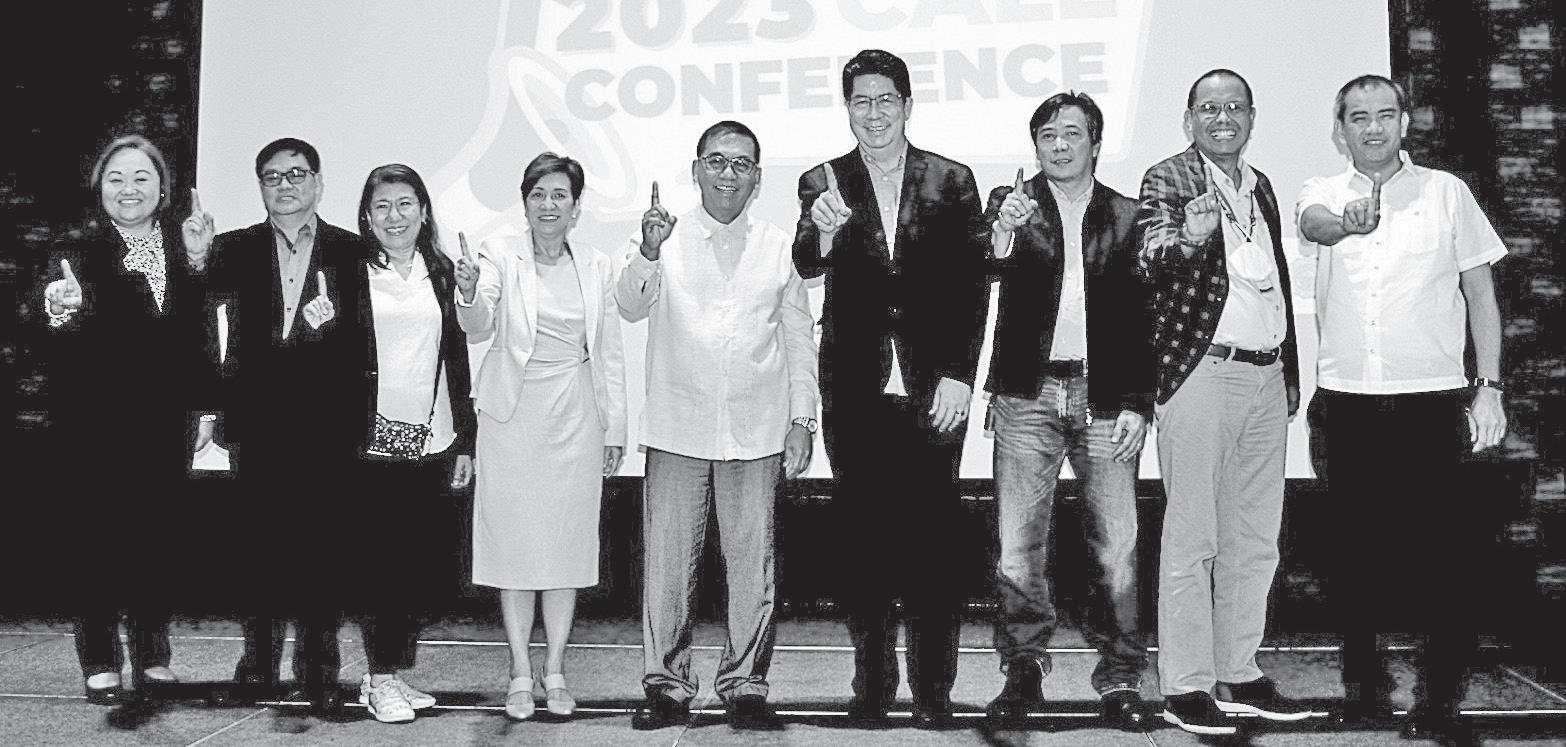
3 minute read
Innovators urged to apply for research fund from DOST
‘ANTICIPATING future changes and laying out strategic investments for innovation are key factors to national progress,” said Science Secretary Renato U. Solidum Jr.
The Science chief made the statement during the second leg of the Department of Science and Technology (DOST) Call for Proposals 2025 campaign held at a hotel in Alabang on February 1. The event’s aim was to encourage researchers in availing themselves of research and development (R&D) funding from the DOST.

tific leadership in restoring and conserving the coral reefs of the Philippines.
He received the Field Museum Founders’ Council Award of Merit in 1994 for his contributions to environmental biology, He was awarded the Pew Fellowship in Marine Conservation in 1999 for his continued, exceptional work in marine conservation.
In 2017, Alcala was named an Asean Biodiversity Hero. In 2018, he was named a member of the Fulbright Philippines Hall of Fame, and was awarded Oceans Legend by Pemsea during the East Asian Seas Congress in Iloilo City.
Two species of Philippine snakes were named in his honor: Lycodon alcalai and Opisthotropis alcalai. Likewise, one species of nudibranch is named after him: Chromodoris alcalai.
His wake will be held at Silliman University Church, Dumaguete City. Necrological service and state funeral will be held at the same venue on February 10. Interment will follow at the Dumaguete Memorial Park.
“We believe R&D output creates the foundation for our country’s continuous development. The proposals submitted today may be the next inspiring initiative towards a better future for the Philippines,” Solidum said.
The event converged members from industry, the academe, government agencies, communities and associations to share their ideas and support the country’s innovation environment.
The period of submission of proposals is from March 1 to May 31, 2023. Interested parties may visit the DOST Project Management Information System (DPMIS).
For the new R&D proposals, the DOST said some of the priority areas for Industry, Energy and Emerging Technology, include energy; construction; utilities; transportation; food; process; mining and minerals; metals and engineering; advanced materials and nanotechnology.
Some Health Research and Development priority areas are Drug Discovery and Development (Tuklas Lunas), functional foods, nutrition and safety, reemerging and emerging diseases, OMIC technologies for health, diagnostics, biomedical engineering for health, digital and frontier technologies for health.
For agriculture, priority research areas in crops include mango, coffee, and sugarcane.
DOST is also looking for R&D projects in managing economically important emerging pests and animal feeds resource enhancement.
“From health innovations, nutrition, agricultural and aquatic breakthroughs, to technologies that will support our industry, most specially the MSMEs [micro, small and medium enterprises], R&D promotes excellence and provides the potential to elevate our country’s status and encourage economic growth,” said DOST Undersecretary for R&D Leah J. Buendia.
“We hope that through this Call Conference, we may again fund the next big milestone in supporting our country’s socio-economic goals” Buendia added.
For years now, the DOST has invested in high-impact and sustainable programs that are significant in addressing national concerns. This is aligned to the research priorities along the four major areas of human well-being promotion, wealth creation, wealth protection, and sustainability, the DOST said.
The Science agency identified some of the top R&D projects that answered national priority needs.
Among them were the R&D projects in support of the country’s fight against Covid-19. One study was led by Dr. Benedict Maralit of the Philippine Genome Center (PGC) on the monitoring of Covid-19 cases through whole genome sequencing of the virus from patients.
The project aims to use genomic epidemiology perspective to track the virus and develop a deeper understanding of its characteristics.
As early as 2012, the DOST, through the Philippine Council for Health Research and Development invested more than P900 million in Omics research for health.
The funding was used for programs in human multi-omics research, which identified possible genetic markers among Filipinos associated with non-communicable diseases, such as hypertension, stroke, diabetes and heart attack.
The investment also gave way to the establishment of the PGC not only in Luzon but also its satellite facilities in Visayas and Mindanao, and the launch of the Clinical Genomics Laboratory, the services of which were in the forefront of the response and genomic biosurveillance during the height of the pandemic.
With the rising oil prices and the negative impact of global warming, DOST poured funds into the E-mobility program which supported the electrification of the transportation system. This resulted in the development of e-trikes, e-boats, and the conversion of tricycles in the country.
The DOST-Philippine Council for Industry, Energy and Emerging Technology Research and Development developed an entire ecosystem of an electric transport, which included chargers for the electric vehicles, researches on storage, and parts that can be locally fabricated for the maintenance of these new vehicles.
The DOST’s Philippine Council for Agriculture, Aquatic, and Natural Resources Research and Development (DOST-PCAARRD) pursued its Industry Strategic S&T Programs in the agriculture, aquatic, and natural resources sector.
Branding its initiatives and outputs as Galing, or the Good Agri-aqua Livelihood Initiatives toward National Goals, the DOSTPCAARRD in 2016-2022, funded programs and projects that led to significant findings in genomics, biotechnology, nanotechnology, and smart farming.
In August 2015, the National Research Council of the Philippines initiated the country’s first comprehensive research program for Lake Lanao, the second largest lake in the country.
Six projects were funded for a comprehensive study of the physical, chemical, biological, socioeconomic, and political impacts of the lake to save it from degradation caused by human activities.










